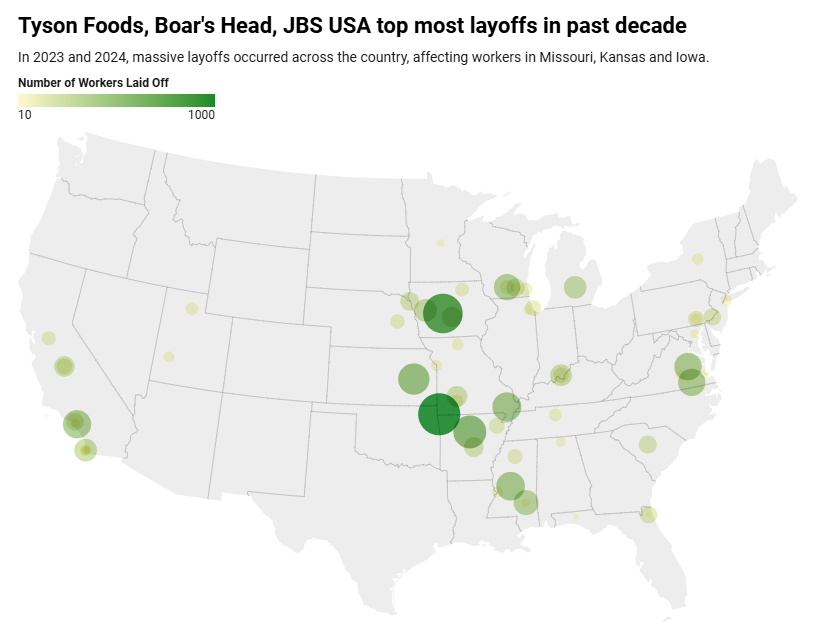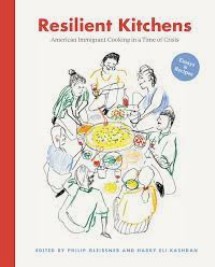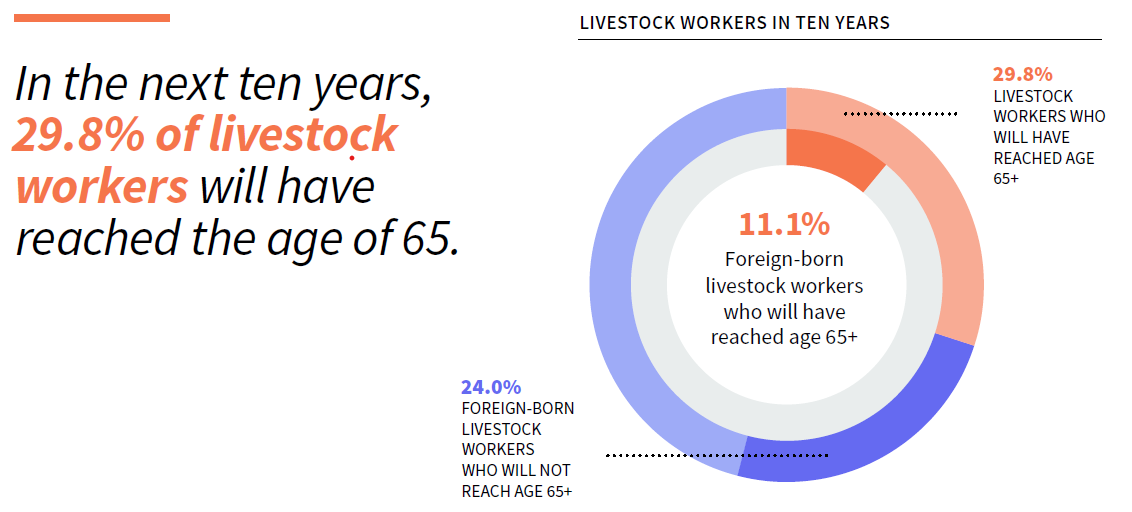It’s Labor Day: Let’s talk about ICE versus farm workers
I’m indebted to Errol Schweizer, Grocery Nerd, for pointing out in response to my post on we need more vegetables, that if we want more vegetables, somebody has to pick them. Raids by ICE on farmworkers are not helping this situation; they are wrong, morally and legally, and must stop.
Schweizer writes: RFK Betrays/ICE Terrorizes Food Workers.
The Border Patrol and Immigration Customs and Enforcement (ICE) division continue to kidnap, persecute and traffic hard working, law-abiding essential food supply chain workers for no just cause.
Now is the time for the grocery industry, including retail and CPG executives, essential workers, brand founders and Make America Healthy Again (MAHA) advocates to stand up against these flagrant violations of human rights, due process, civil liberties and just plain decency.
From the New York Times: Wilted Lettuce. Rotten Strawberries. Here’s What Happens When You Round Up Farmworkers.
Bottom line, it isn’t easy for farmers and ranchers to replace farmworkers if they’re deported or don’t show up. These positions require experience, endurance and specialized knowledge; as anyone who has worked on a farm will tell you, farm work is not unskilled labor.
From FoodPrint: How the current immigration crackdown is impacting food and farmworkers
Around 40 percent of farmworkers in the U.S. are undocumented. The numbers are similar in many other parts of the food system, especially meatpacking, where undocumented immigrants fill an estimated 23 percent of jobs. ..For the most part, farmers supported the Trump administration in the election, with many believing the president’s claims that he would spare farmworkers from promised mass deportations, focusing instead on “dangerous criminals”….[But] ICE agents began aggressively targeting worksites, visiting farms and packing sites in California and a meatpacking plant in Nebraska on June 10. Those raids generated an immediate flurry of complaints from farmers and the food industry.
From Civil Eats: ICE Raids Target Workers on Farms and in Food Production: A Running List
Immigration enforcement actions at workplaces are likely to increase as the agencies attempt to meet new White House goals of 3,000 arrests per day. We are keeping a record of those actions here.
Here is Civil Eats’ list for August, with contact information for Lisa Held, who is keeping track of all this.
August 7, 2025 – Pittsburgh, Pennsylvania – ICE detains 16 workers during raids of two Mexican restaurants
August 8, 2025 – Woodburn, Oregon – ICE detains four immigrant farmworkers on their way to work at a blueberry farm
August 11, 2025 – Anchorage, Alaska – ICE officials arrest an asylum seeker outside sushi restaurant
August 14, 2025 – Kent, New York – ICE raids Lynn-Ette Farms—where United Farm Workers have been organizing— and detains seven workers
Want to send us a tip about immigration enforcement in your community? Email tracker@civileats.com or securely contact Lisa Held on Signal at @lisaelaineh.47. (Link to this post.)
Enjoy the Labor Day holiday, but then do what you can to make this stop.










